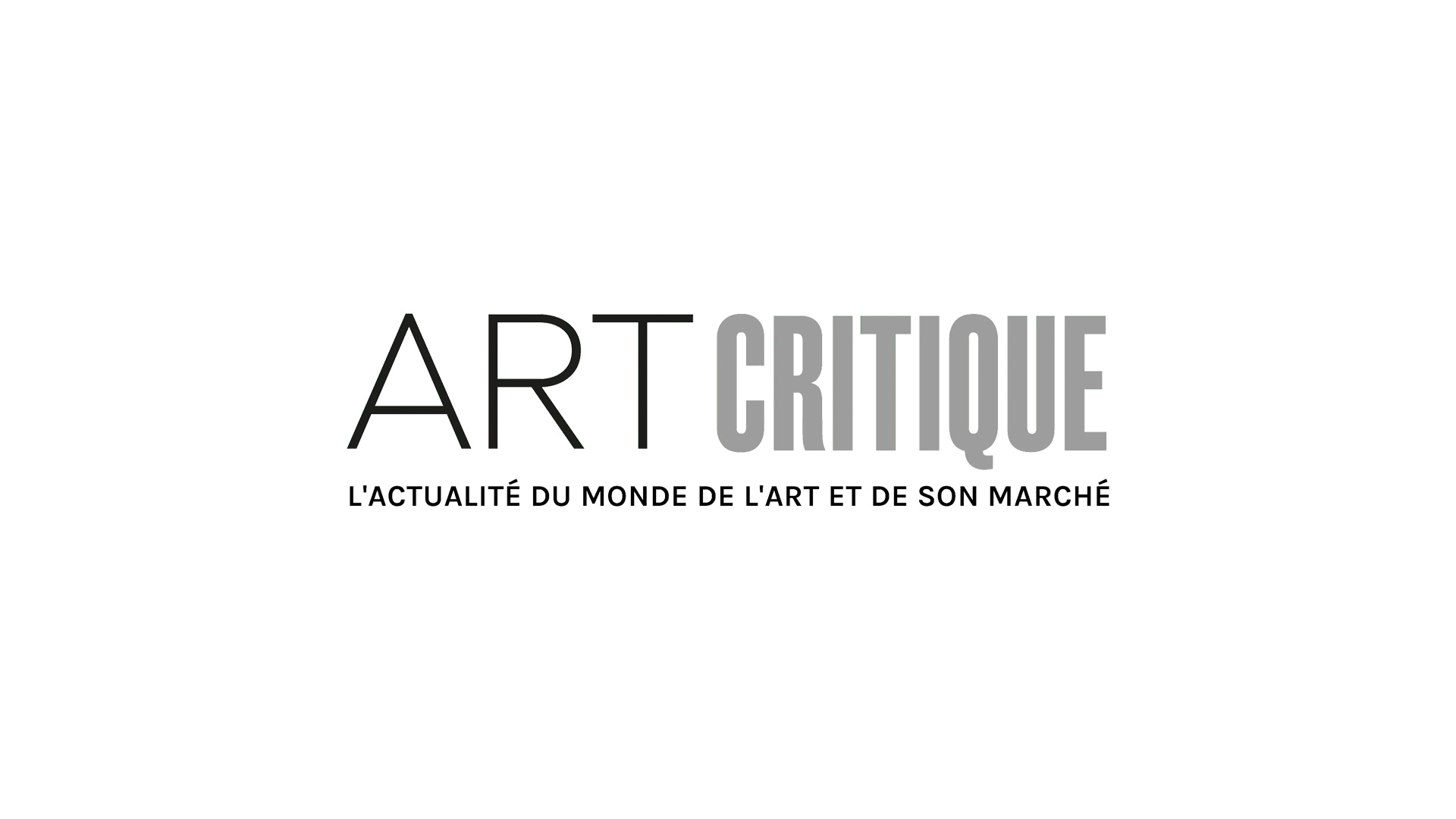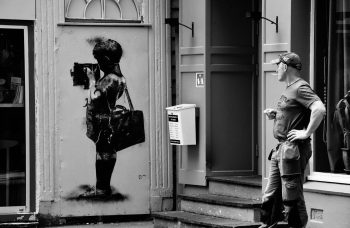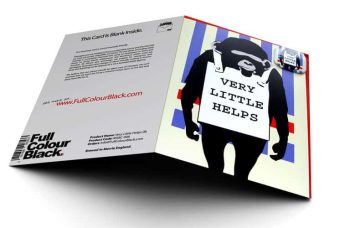Anish Kapoor isn’t one to try to please everyone with his art and in 2014, the artist ruffled feathers when he secured sole artistic use of Vantablack, a scientifically created pigment that is…incredibly black. In the next Venice Biennale, Kapoor is planning to show his first work utilizing the pigment giving the world a taste of what he’s been working on.
After a few years of fine-tuning Vantablack and its unique intricacies, Kapoor’s works will be part of an exhibition curated by Taco Dibbits, director of the Rijksmuseum. Kapoor, an Indian-born artist who lives and works in the UK, will be the first British artist to have secured a solo exhibition at the Galléria dell’Accademia. Though Kapoor hasn’t disclosed many details about his new work, it is set to be presented alongside his Void sculptures from May 3rd through October 3rd, 2020, over the course of the Biennale (given that COVID-19 doesn’t impeded on the Biennale like it has La Biennale Architettura, which has been postponed until August).

Vantablack was developed and introduced by Surrey NanoSystems six years ago, and by September 2014, Kapoor has the pigment for his art. In 2015, Kapoor told Artforum that he could envision a room coated in the material. It wouldn’t be an ’empty dark room,’ he postulated, ‘but a space full of darkness.’ However, Kapoor and Surrey NanoSystems have worked together to get Vantablack to where it could be used on a larger project.
The dark material is quite delicate and has to be created by scientists using a reactor to cultivate its carbon particles. As a result, Vantablack is difficult to work with and can easily be harmed, but, it absorbs an impressive 99.96% of light, which allows for his forthcoming work to ‘almost entirely [lack] dimension,’ according to the artist.

Created as a cloaking material for military purposes, each carbon particle is 300 times longer than usual carbon particles, which is why Vantablack is able to perform in the way it does. ‘The particles stand up like velvet when they are put to a reactor,’ explained Kapoor in The Art Newspaper. ‘To give you a sense of scale if the particle were 1m-wide it would be 300m-tall. When the particles stand up next to each other light gets trapped in between each particle.’
While this is the first official artwork by Kapoor, it has been utilized in recent years. In 2018, British architect Asif Khan created an architectural exhibition that used Vantablack during the Pyeongchang Olympic games. While Khan’s exhibition was artistic, it fell outside of Kapoor’s monopoly (which has sparked tensions with other artists, particularly Simon Semple) on the pigment. Additionally, in 2016, Kapoor teamed up with Manufacture Contemporaine du Temps, a Swiss watchmaker, to create a limited-edition watch series. The watch, which went for $95,000 each, used the material bringing together jewelry and art.





